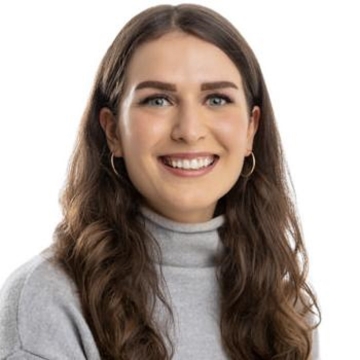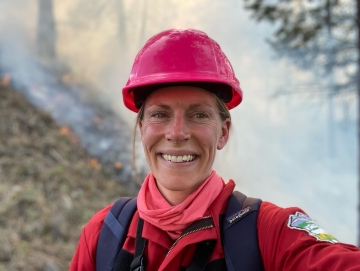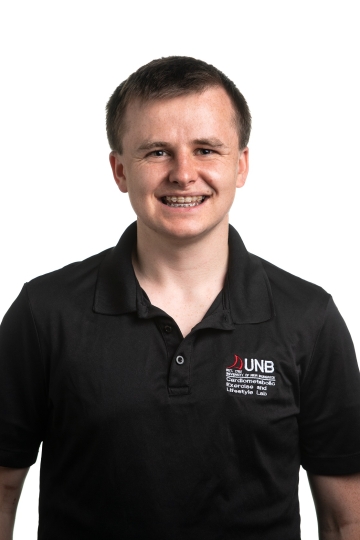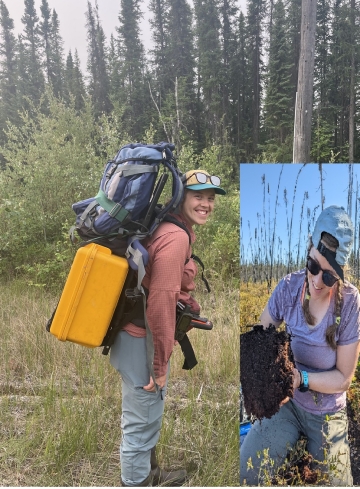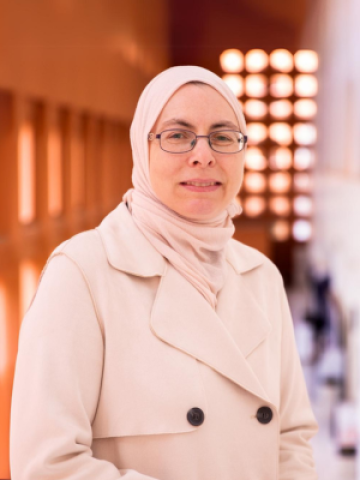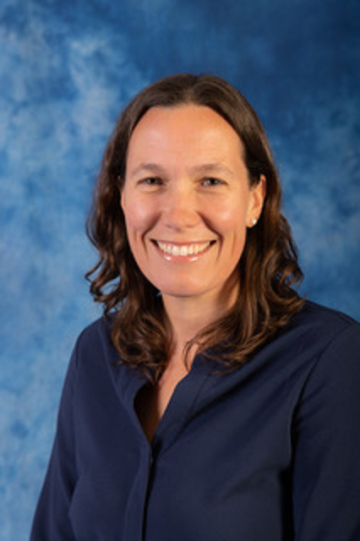Karen Fleming (she/her)
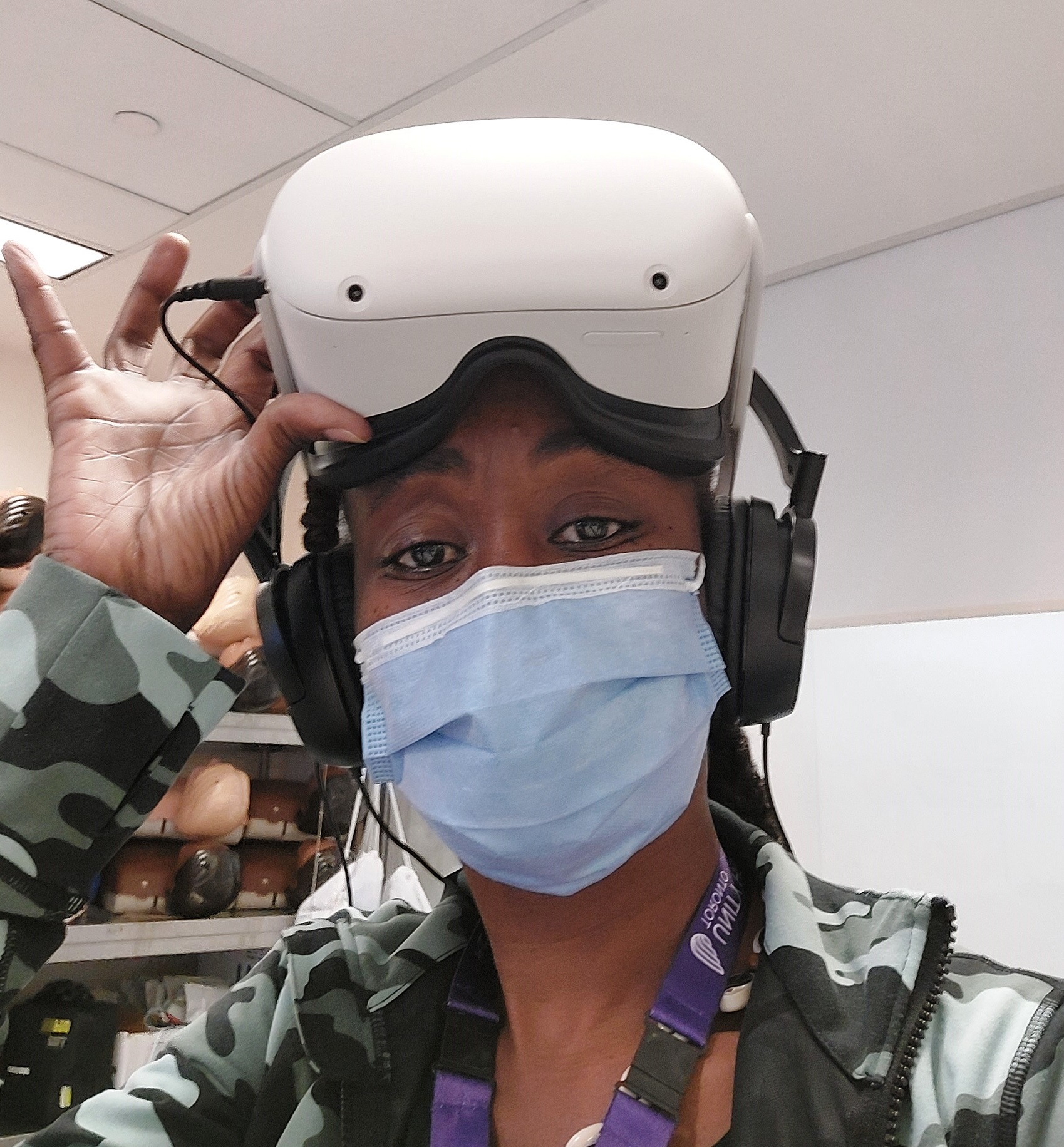
Karen Fleming immersing herself in virtual reality for healthcare education.

Karen Fleming immersing herself in virtual reality for healthcare education.
About me
I was born/grew up in: I was born in Montreal. I grew up in the Durham region of Ontario.
I now live in: Ajax, Ontario.
I completed my training/education at: Bachelor of Science in Nursing – Ryerson University
Master of Nursing, Education Focus – Athabasca University
Masters of Science in Healthcare Simulation – University of Alabama at Birmingham
BSc Human Biology – University of Toronto
What I do at work
I work with other hospital staff to develop simulation-training sessions. Simulation sessions are devised for a variety of reasons. Sometimes these sessions help with learning a new procedure or practice, especially those we’re not comfortable or familiar with. For example, we might simulate a high acuity, low occurrence (HALO) situation such as a cardiac arrest of a child in the Emergency Department. In a simulation like this, we create the situation and then the learners participate in the scenario as if it were happening at that moment, doing the actions they feel are best in the moment. We then stop, reflect, and discuss our actions to make sure we are doing what is best for the patient.
Simulation is used for things other than education, training or practice. It is also used for assessment, research, space planning, and policy or workflow testing. For example, when we are designing a new unit, the simulation team is involved to help plan spaces that will meet the needs of the users and the patients/families who will be cared for there. We simulate what the unit will look. This includes where the equipment and people will be placed. Then we run scenarios in this space. This will help us identify where things need to change. It helps to fill gaps and ensure all plans are complete. When we set up a new unit, patients do not go into the setting until it has been “crash tested”.
In my role I also aim to build capacity in staff members. Sometimes I take the lead in designing or facilitating a session. At other times, I’m more of a co-pilot and sometimes I’m more of an observer for those with more experience.
Simulation supports inter-professional team training. This type of training involves doctors, nurses, allied health, technicians, etc. Everyone has a role to play when patients are involved. It is important they get to practice their specific job in the context of what would be happening around them.
My career path is
Getting into nursing was my plan when I was in school. My mother was a nurse and I that affected my decision. However, I didn’t start out studying nursing. My parents wanted me to become a doctor, like many West Indian parents do. So I completed a BSc in Human Biology and then pursued my passion, which was nursing.
I completed a Bachelor of Science in Nursing. I spent 20 years working in what might be called traditional nursing roles. I guess you could call it a fairly straightforward career path. I took some chances that exposed me to unique leadership roles.
As a nurse, I worked in both inpatient and outpatient settings. I spent the most of this time working at the Hospital for Sick Children in Toronto. I loved my work there and thought I would eventually retire from there. Along the way, I took on more challenging, leadership roles. I completed a Masters of Nursing degree that specializes in education.
A simulation educator is not a nursing-specific role. This is the first non-nursing role I’ve had in my career. My interest in this area stems from my experience as a nursing educator. You don’t need to complete a program to get into this role but it helps. As I always want to do my best in any role I take on, I completed a Masters of Science that specialized in Healthcare Simulation. Taking a formal program also shows your potential employer that you are serious about the role. Some simulation roles require a healthcare background, while others do not. Every country and simulation program may do things slightly differently. In my current role I get to bring my experience, and my perspectives as a nurse to scenario design, facilitation, and evaluation.
I am motivated by
All of it! I love my profession. This is a new role for me that I’ve been working towards for years. As simulationists, we have a huge impact on patients, caregivers, interprofessional teams, students, and all staff.
How I affect peoples’ lives
I am passionate about providing high quality care to all patients. What we do with simulations helps those who care for patients give better and safer care. Simulation helps build confidence and competence. This leads to safer care and better patient outcomes.
Outside of work I
In my free time, I take dance classes for adults. I focus on African and Caribbean based styles. I love spending time with my family.
My advice to others
Go for your dreams! Don’t settle. If you are not sure what to do, ask someone. Use your networks to get on your path. You need to do for yourself; don’t wait for someone to do it for you.
- Computer Science
- Math
- Music
- Physical Education/Health
- Science
- Enjoyed doing things on my own
- Liked helping people
- Played on a sports team
- Wanted to be in charge
- Liked being given free range to explore my ideas
- Engaged in volunteer activities
- Felt great satisfaction in getting good grades
- Learned best "by doing"
- Always knew exactly what I wanted to do
